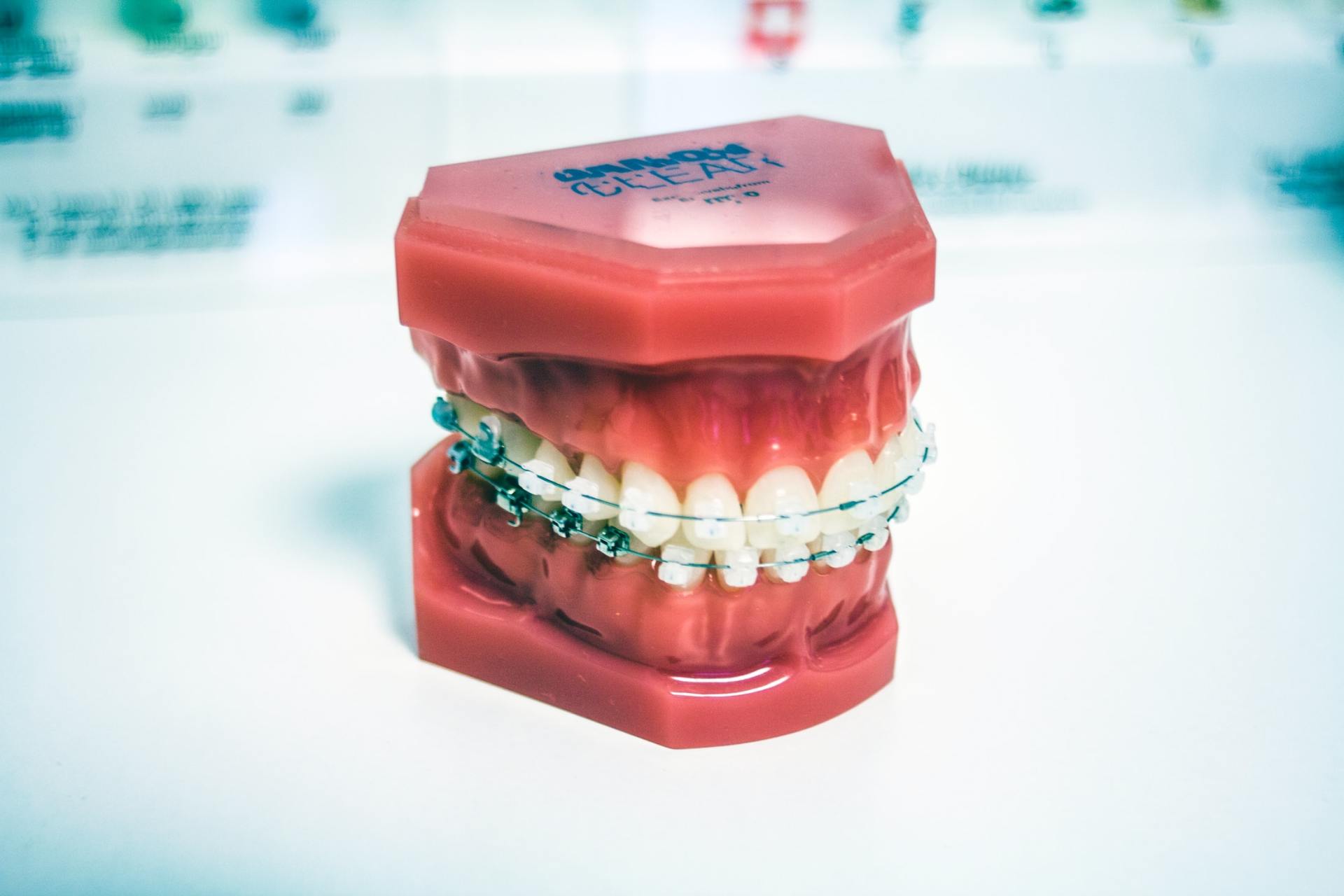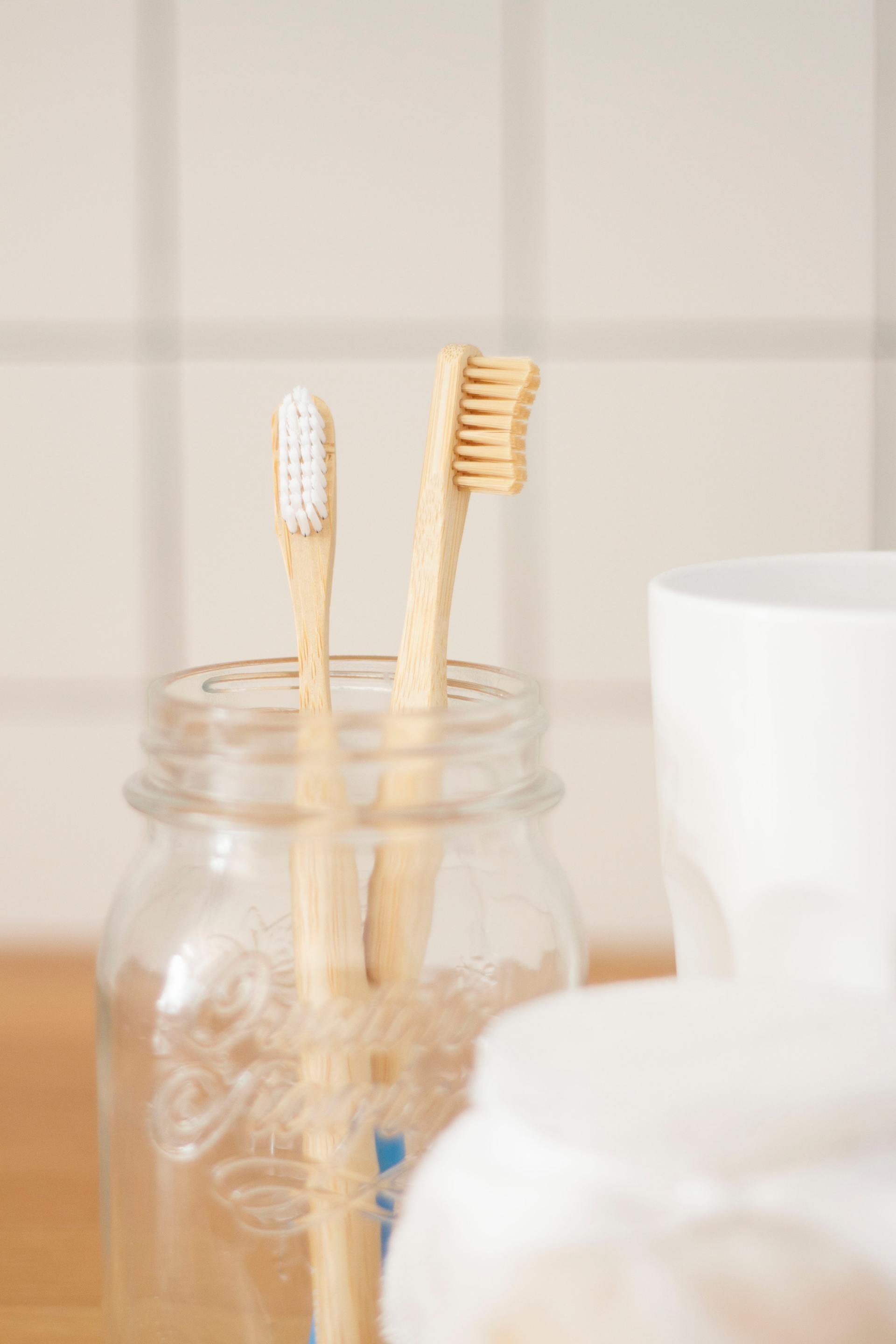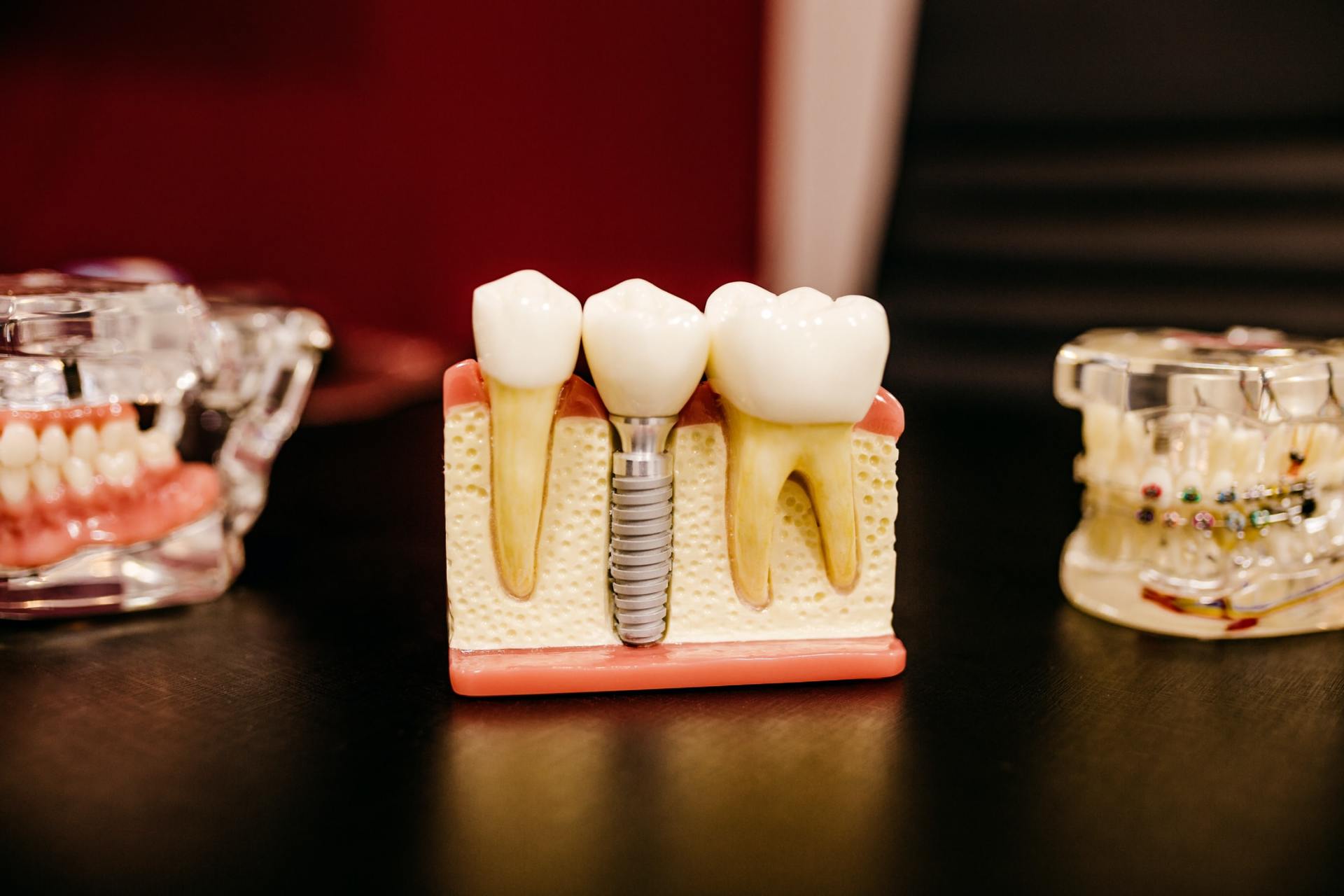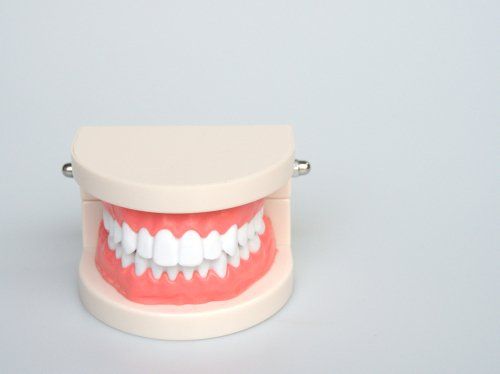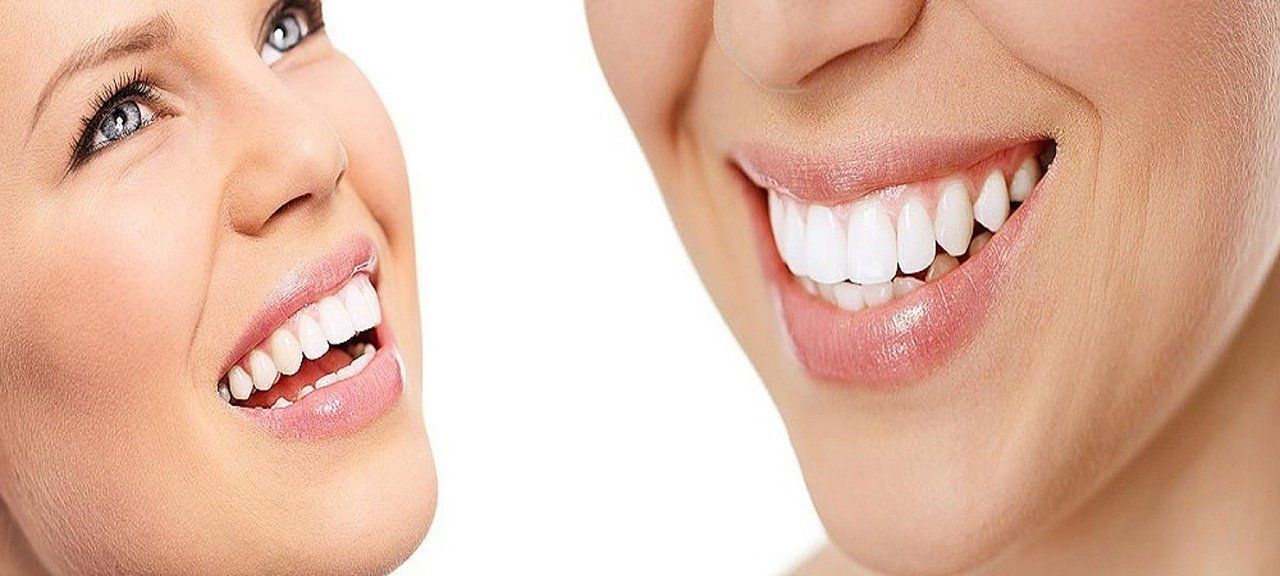Good Dental Health Habits in Children
How to teach children healthy oral care habits?
Oral hygiene in children is as important as body hygiene, since having good oral care habits favors the health of the teeth and the rest of the structures that make up the mouth.
In addition, having a good oral health allows the correct performance of food chewing, digestion (keep in mind that the digestion process begins with chewing), the phonation of words, etc., in other words, it favors the general health.
Their oral hygiene routine should include the following:
Tooth brushing
The correct way for children to develop the habit of brushing their teeth is to instill it in them from a very early age, as it would be from the moment they get their first tooth, in this way it will become something daily and routine.
They should be taught to brush their teeth when they wake up, after every meal and before going to bed. The idea is that brushing should last at least 2 minutes. As it may be difficult for them to keep their mouth open for so long, they can brush for 10 seconds, pause and continue. And do this until they reach 2 minutes.
Dentists recommend using a toothpaste with fluoride in concentrations of 1,000 to 1,500 ppm, since fluoride strengthens tooth enamel and is an ally in the prevention of caries.
Adults should watch the amount of toothpaste used, as it should not exceed the size of a grain of rice. It makes no difference whether they brush their teeth with a children's toothpaste or an adult toothpaste, as long as they use the indicated amount and the correct concentration of fluoride.
The toothbrush they use should have soft bristles and a small brush head that adapts to the size of their mouth. And when it comes to brushing, we should tell them to exert light pressure and that the movements should not be too fast, this way they will not injure the gums or enamel.
An important point is that brushing should be assisted by an adult until the child is approximately 8 years old, since when they are very young they do not have the necessary motor skills to do it correctly.
A good option is to let them brush themselves first and then let the adult brush their teeth, this way they will learn the correct way to perform the movements.
We must not forget that children learn by imitation, so it is important for them to observe that their caregivers also brush their teeth and take care of their oral health, so it is a good opportunity for parents and children to perform a joint activity that benefits both.
Tooth brushing technique
As adults and caregivers we can teach them 3 very simple movements so that they can correctly eliminate any food and dental plaque, these are:
1. The first is a back and forth sweeping motion on the occlusal surfaces of the teeth, which are the ones used to chew food.
2. The second consists of making circular movements from the area where the tooth meets the gum. This is done on the front side of the teeth, that is, the one we see when children smile.
3. The last movement is a sweep from inside to outside on the back side of the teeth, that is, the one in contact with the tongue and around the palate.
Finally, the tongue is brushed with an outward sweeping motion.
Flossing
Sometimes there may be food debris between the teeth after brushing, one of the reasons being that the space is too narrow for the bristles of the toothbrush to fully penetrate. Therefore, flossing should be used as soon as the child's teeth come into contact. This can be done after every meal or at least before the child goes to bed.
Healthy eating habits
A key factor for the child to achieve good oral health is to avoid excessive consumption of sugars, as these are used by oral bacteria to produce acids that damage tooth enamel, which can eventually lead to the development of tooth decay.
Therefore, as sugar is the essential dietary factor for the formation of cavities, the WHO postulated that it is ideal for children under 2 years of age not to consume it, since this is a period in which they are beginning to form their eating habits and it is preferable that they do not develop a dependence on sugar.
This includes products with added sugars, sweets or candies, fruit concentrates or sweetened juices. In addition, the latter have no fiber and do not provide any nutritional contribution to the body and have large amounts of artificial flavorings.
Regular visits to the dentist
It is advisable for the child to go to the dentist once the first tooth has erupted, regardless of age. In order to achieve good oral health, it is essential that visits are mainly preventive, that is, to avoid the development of any oral disease.
The earlier they visit the pediatric dentist, the faster they will learn the importance of taking care of their teeth and this, in turn, will improve their daily hygiene habits. It is recommended that children visit the dentist once or twice a year, depending on their personal needs.
In order for children not to be reluctant to go to the dentist, it is essential that they have a positive image of them, so adults should try as far as possible not to transmit their fears or anxieties to the dentist, as this could create an erroneous perception in children.
We must bear in mind that the pediatric dentist is the specialist in charge of children's oral health, so this professional has the necessary knowledge to provide them with the best care according to their age and needs. They also have the necessary techniques to adapt the child to the consultation and thus create a bond of trust and collaboration.
In addition to a thorough clinical evaluation of the teeth and surrounding structures, among the procedures for preventive purposes that can be performed by the pediatric dentist we have:
Cleanings, known as prophylaxis. In order to eliminate the accumulation of dental plaque and calculus.
Fluoride therapy. Makes tooth enamel more resistant to acid attack by bacteria. It also remineralizes enamel and reverses the first sign of decay, which is a chalky-looking white spot.
Dental sealants. They create a mechanical barrier that covers the retentive areas of the biting surfaces of molars and premolars. This, in turn, facilitates brushing and prevents food accumulation in the fissures.
Another method used by pediatric dentists when treating children is to first perform non-invasive or complicated procedures so that the child can become accustomed to them. Therefore, it is important that the child attends periodically to treat any possible disease in a timely manner, when its stage is early and therefore its treatment less traumatic.
As we can see, habits for good oral hygiene begin at a very early age, always accompanied by a correct diet and regular visits to the dentist.
whitenwithhyten.com - Digital Marketing By Smart Digital
* DISCLAIMER - We use text messaging to contact our patients. By entering your phone number, you consent to texts. Rates and terms apply. Text STOP to opt out.





